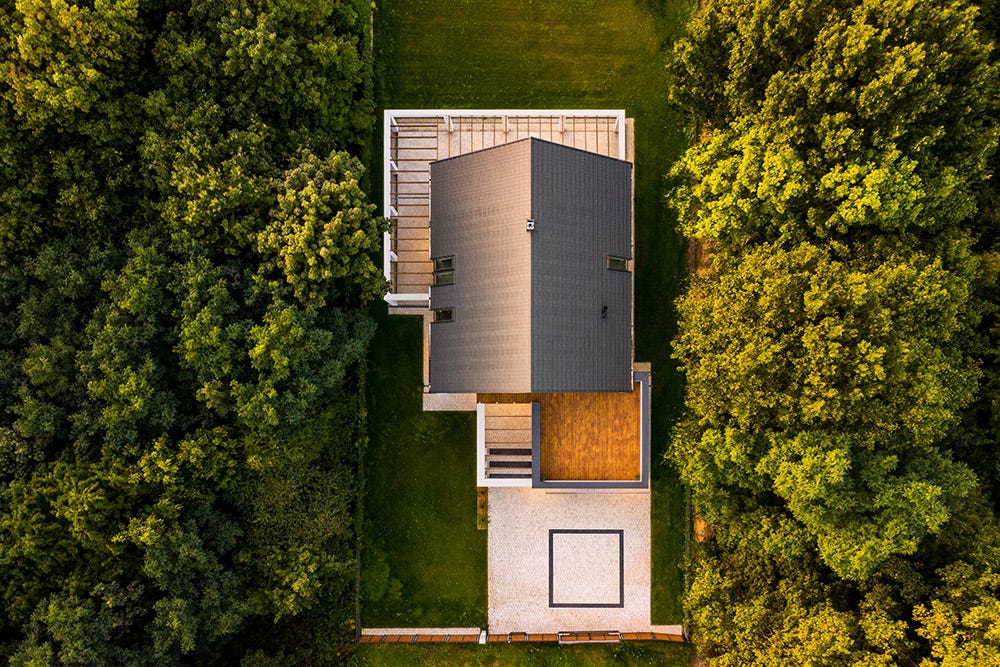- Maintenance tips & tricks
- 4-season garden care advice
- News from the gardening world
- STIGA innovations & new product launches
FREE delivery on selected models
Free returns
Premium delivery available
FREE delivery on selected models
Free returns
Premium delivery available
From a balcony herb garden to your first big garden project. Gardening is a brilliant way to reduce stress and boost your mood, all while getting a big dose of vitamin D. Learning the basics is a great way to start, so we’ve put together this handy guide for the budding gardener.

Here you’ll find some foundational knowledge to get you growing with confidence – including how to assess your garden, both under and over the ground. We’ll discuss the basics of soil, sunshine and moisture to help you pick the right plants for your beds and borders.
It’s important to find out the pH of your soil before you start planting. Different plants prefer different types of soil, and the wrong pH can be blamed for certain diseases and the plant not developing properly.
You can determine your soil’s pH with an easy test. DIY test kits are widely available at garden centres, but you can also send a sample off for a lab test if you’d like more detailed results.
Neutral pH is 7.0. Anything below this number indicates acidic soil and anything above means your soil is more alkaline.
You can improve the condition of your soil with lime (to increase pH) or with quality compost or manure (to acidify the soil). These simple adjustments will allow you to plant a much wider variety of flora.
We all know that plants need the sun to survive, but did you know that some plants, such as lavender and yarrow, need more sunlight than others?
In general, south-facing gardens get the most sun and north-facing means more shade. You can use a compass to determine your garden’s exact position.
Your light conditions also change based upon the time of day and the season, so it’s worth spending some time outside to understand your space.
Your garden’s exposure to the elements will affect the plants that you are able to grow. Snowdrops, for example, thrive in full shade, while lavender needs direct sunlight.
As a rule, urban gardens are generally more sheltered and slightly warmer than those in rural areas. Similarly, gardens on the coast or on top of a hill tend to be windier than those inland or in valleys.
Get a feel for the weather and temperature differences in your garden at various times of day. Note areas of light and shade. And spend time outside to determine the exposure to wind, rain and sun.
During the colder months, you may find frost lingering in the shadier areas of your garden. If you find these ‘frost pockets’, try growing hardy plants there such as geraniums Rozanne and Rosemoor.
Water is essential for photosynthesis (energy creation) and delivering essential nutrients from the soil to the plant roots – but you can have too much of a good thing.
If you live somewhere with particularly high or low rainfall, you’re going to want to choose your plants accordingly.
The direction of your garden also affects moisture levels, with south-facing borders being the driest.
The moisture of your soil is pretty easy to determine – simply feel the soil and note which plants grown best in different spots.